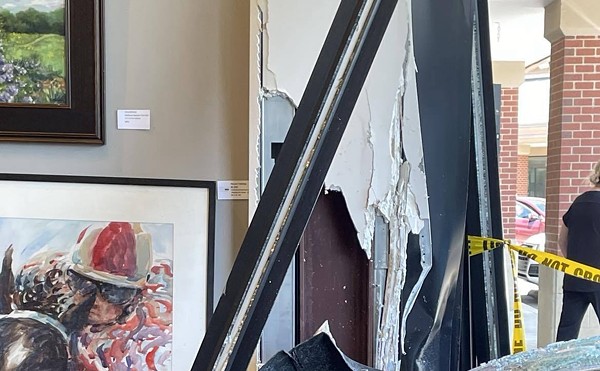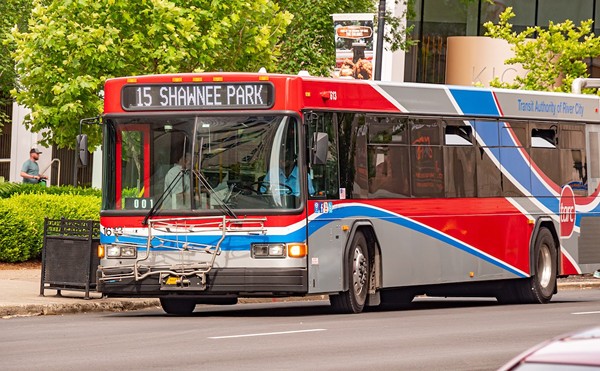The pressure was building as Josh Durr stood before a class of budding bourbon enthusiasts. He was easing the cork out of a bottle of Cedar Brook Whiskey, distilled here in Louisville back in 1917. Students rose to their feet, snapping cell phone photos as the lecturer poured his energies into not breaking the dry, old plug. He did not want to mar what could be the last unopened bottle of its kind.
Because it was bottled after the passage of the Volstead Act (aka National Prohibition Act), the whiskey was set aside for the lame and blind and distributed via the American Medicinal Spirits Co., based downtown. The rare bourbon — a gift from the master distiller at Willett — may have eluded the lips of the infirmed during Prohibition, but its fate looked imminent before Durr’s sold-out bourbon class in 2013.
“You’re almost scared,” Durr says. “One of the fun things, one of the scary things about these vintage whiskeys is there’s a lot of value to them, but no telling if they’re going to be good or horrible.”
The aftertaste of an ancient Broad Ripple brand whiskey, poured by historian Mike Veach at a recent Filson Historical Society event, may have been on Durr’s mind. It was one of the worst things he’d ever tasted. There’s a level of mystery when opening these antiques, he says. The only sure way to tell if the bottle had been stored properly through the decades, or even whether the distillers were on the up-and-up back then, is to taste it.
The cork popped out clean, and Durr passed around small samples to each attendee.
“‘We can all die, you know. This could be poison,’ I told them half-jokingly,” Durr recalls. “We all sort of looked at each other, tried it and … it was amazing whiskey! Some of the best whiskey you could buy today, period.”
These types of surprises are par for Durr’s “101” course, which is a joint effort between the Hawthorne Beverage Group, a full-service spirits branding company, and New2Lou, a nonprofit social organization for Louisville newbies.
The requisite geeking that tends to follow these tastings can also be expected: how the abundant malt (cheaper and used more liberally back in the Pre-Pro days) affected the flavor profile, or how the lower distillation proofs allowed the rye to shine.
Upon arriving at The Silver Dollar in Clifton, attendees are greeted by a flight of tastings, placed neatly atop a style chart. These are here to help the sipper distinguish between traditional mash bills, high rye and wheated whiskeys, “bottled in bond” bourbons, “age statement” bourbons, craft brands and blends.
Before that happens, though, Durr offers an extensive presentation on the history and production of the spirit.
When asked about the popularity of the course, Heather Mickley, an attendee who works in custom publishing, says, “People want to know more about bourbon, since it’s a truly unique American spirit. Whether you’ve lived here your whole life or just relocated, understanding bourbon helps you connect with Kentucky and its rich history.”
Mickley, a Woodford Reserve drinker who says her horizons were broadened by the nuances of the class, adds, “Distillers are artists and scientists!”
For the past seven years, Durr has been honing the program while delivering it to industry professionals around the country. With our culture becoming increasingly prosumer, the spirits marketer figured why not offer the course to civilians?
“It’s geeky enough where you’re going to come out with some information, but it’s not a college lecture,” Durr says. “We’re here to have fun. When you leave this class, you’ll be able to blind taste-test the different mash bills.”
“Bourbon 101” resumes on March 28 at The Silver Dollar. For more info, visit New2Lou on Facebook or hawthornbev.com.






